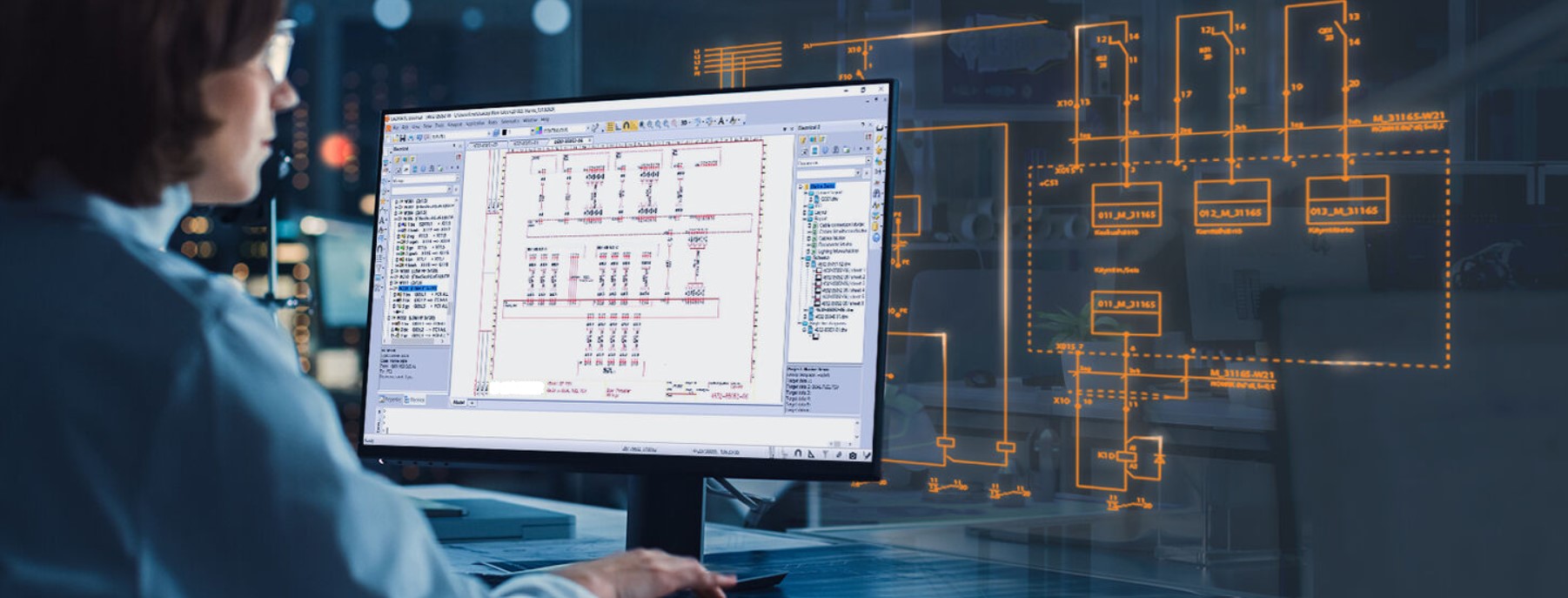Reliable Residential Electrical Design Services for Functional Home Wiring
Reliable Residential Electrical Design Services for Functional Home Wiring
Blog Article
Innovative Electric Design Services for Modern Infrastructure
The evolution of modern-day framework demands cutting-edge electric design services that not only boost functional effectiveness however likewise address sustainability challenges. As city environments expand significantly complicated, incorporating technologies such as clever grids and eco-friendly energy sources becomes extremely important. These improvements not just promise to maximize energy usage yet likewise foster resilience versus future demands. The landscape of electric design is undertaking fast change, motivating a closer assessment of emerging trends and their effects for lasting facilities feasibility. What might the future hold for those who welcome these innovative methods?
Relevance of Cutting-edge Electrical Design
Cutting-edge electrical design plays a critical duty in contemporary infrastructure, influencing not only efficiency but also sustainability. As cities progress and the demand for power rises, the demand for advanced electric systems comes to be critical. These systems have to not just fulfill existing needs however also anticipate future growth and technical advancements.
A well-executed electric design can dramatically decrease power intake, thereby reducing functional prices and lessening ecological impact. By including sustainable power resources, such as photovoltaic panels and wind turbines, innovative layouts can boost power self-reliance and strength. In addition, smart grid modern technologies enable real-time tracking and monitoring of energy distribution, maximizing performance and decreasing waste.
Safety is another crucial facet of electrical design. Applying extensive standards and innovative modern technologies can alleviate threats connected with electrical failures, guaranteeing a safe setting for homeowners and services alike. In addition, ingenious styles promote flexibility, permitting facilities to incorporate arising modern technologies effortlessly.
Key Trends in Electric Design
As the landscape of electrical design continues to advance, several vital patterns are forming the future of the market. One significant pattern is the assimilation of clever modern technology into electric systems. The proliferation of the Web of Points (IoT) has made it possible for real-time surveillance and control of electric gadgets, enhancing effectiveness and helping with predictive maintenance.
An additional fad is the growing focus on modular design. This technique permits for scalable and versatile remedies, allowing facilities to adapt to transforming needs without extensive remodellings. Additionally, making use of innovative simulation devices and Building Information Modeling (BIM) is becoming increasingly widespread, streamlining the design procedure and boosting partnership among stakeholders.
Furthermore, developments in products scientific research are bring about the growth of lighter, more sturdy, and energy-efficient elements. This innovation is specifically essential for high-performance structures and framework projects.
Finally, there is a marked change towards data-driven decision-making - electrical load calculation. Leveraging data analytics aids designers optimize systems for performance and cost-effectiveness. With each other, these patterns symbolize a transformative era in electrical design, boosting performance, sustainability, and strength in contemporary check my reference framework
Lasting Power Solutions
Lasting power solutions are significantly becoming an essential emphasis in electrical design, mirroring a wider commitment to environmental responsibility and resource efficiency. These options aim to minimize ecological effect while maximizing energy usage in different frameworks, from residential buildings to huge industrial facilities.
One of the primary approaches entails the integration of renewable energy sources, such as solar panels and wind generators, right into electric systems. This not only lowers dependence on nonrenewable fuel sources but likewise improves energy durability. In addition, ingenious power storage systems, such as innovative batteries, enable efficient monitoring and distribution of power, making certain that surplus energy created during peak manufacturing can be used throughout high demand periods.
Moreover, energy-efficient design practices are being adopted to improve general system performance. This consists of making use of energy-efficient illumination, HVAC systems, and clever building innovations that adapt and monitor power usage based upon tenancy and environmental conditions.
Smart Grid Technologies
The execution of sustainable power services normally results in the exploration of wise grid modern technologies, which play an essential role in updating electric systems. Smart grids utilize advanced communication technologies and information analytics to enhance the integrity, efficiency, and sustainability of electrical power distribution. By integrating electronic modern technology with conventional grid infrastructure, these systems promote real-time surveillance, automated control, and improved decision-making capabilities.
Among the essential attributes of clever grids is their capability to suit renewable resource sources, such as solar and wind power. This flexibility not just decreases reliance on fossil fuels but additionally permits a much more decentralized energy production version. In addition, smart grids make it possible for demand response programs, where customers can change their energy usage based on real-time prices, therefore promoting power conservation and minimizing peak tons needs.
Additionally, clever grid innovations enhance grid resilience by enabling quicker recognition and resolution of failures, inevitably reducing downtime. With predictive maintenance and analytics, energies can boost and enhance operations service delivery. As cities and communities remain to develop, smart grid technologies are necessary for constructing a sustainable and reliable electric framework that satisfies the check here demands of modern-day society.

Future-Proofing Facilities
To make certain long-term stability and versatility, future-proofing facilities is vital in the quickly evolving landscape of electrical design services. As technology advances and power needs change, it is critical that electric systems are designed with flexibility in mind. This involves incorporating scalable remedies that can fit future upgrades without necessitating extensive overhauls.

Furthermore, sustainability has to be a foundation of future-proofed designs. Making use of sustainable power resources, such as solar and wind, and maximizing energy efficiency decrease dependency on fossil gas, straightening with worldwide initiatives to battle climate change.
Final Thought
By prioritizing efficiency, flexibility, and sustainability, these solutions address the advancing demands of more information energy systems. The assimilation of clever grid modern technologies and sustainable power services enhances strength and minimizes operational costs.
A well-executed electrical design can substantially minimize power intake, consequently decreasing operational expenses and reducing ecological impact. By incorporating sustainable energy sources, such as solar panels and wind turbines, innovative layouts can improve energy self-reliance and durability. In addition, cutting-edge energy storage space systems, such as sophisticated batteries, enable efficient administration and distribution of energy, guaranteeing that surplus energy produced during height production can be used during high demand durations.
Clever grids allow demand feedback programs, where customers can readjust their power usage based on real-time pricing, thus promoting power preservation and lowering peak tons needs. (residential electrical design)
As technology breakthroughs and energy demands change, it is crucial that electric systems are created with adaptability in mind.
Report this page